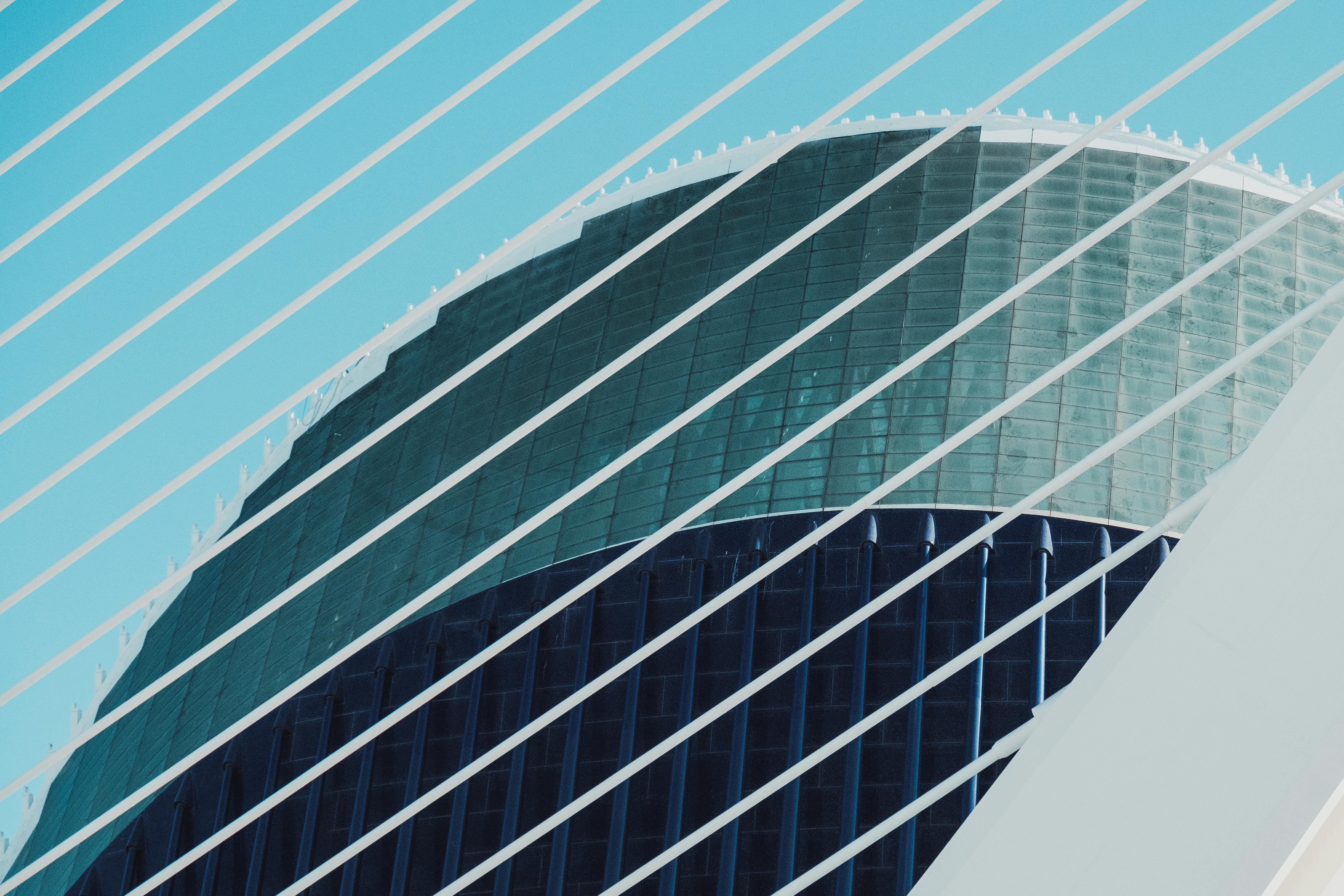How to remove sky glow or light pollution from night sky images
If you like to take pictures of the night sky but live in or near a city, light pollution can really ruin your images. Light pollution often causes an orange glow. Sometimes it will manifest as a bright gray background instead of a pitch black night sky. This light pollution causes stars and nebulae to disappear or, in the worst case, to be lost in the image.
Light pollution or sky glow is caused by lighting from buildings and streetlights at night. It is becoming a worsening problem in urban areas. Many people have never seen the Milky Way because of the amount of brightness in the sky.
This step-by-step guide will demonstrate how to remove the effects of light pollution from your night sky images and bring out faint stars. Use the free download software GIMP. This software allows you to manipulate images and images much like Photoshop.
How to eliminate light pollution
The method described here will use the blemish removal filter tool found in GIMP. This tool removes stars from a copy of your original image. This leaves you with only the light-contaminated background. If any particularly bright nebulae or stars are still evident in this copy, you can remove them with the clone tool. To use the clone tool, select an area of the background sky that is free of nebulae or stars immediately next to the area you want to remove. Select the light area, and then paint over the area you want to remove that contains the stars. Once you are satisfied that you have removed all the details from the copy image, you need to go into the layers dialog and select the mode. In the drop down box select subtract and before your eyes you will see the light polluted background disappear and all the stars reappear in a beautiful inky black night sky.
The following section provides a step-by-step guide on how to go through the entire process in GIMP. So load GIMP and follow the instructions below.
1. File > Open and select the image you want to work on.
2. In the Layer dialog box, right-click the image and click duplicate layer.
3. Now click Filters menu > Enhance > Remove Spots.
4. You should now be able to see the stain removal box. Uncheck adaptive and make sure recursive is not checked.
5. Set the Radius to 30, Set Black to -1, and Set White to 256, and click OK.
6. In the layers box, make sure you have the duplicate layer selected, then click the mode and select subtract.
7. Next, select Image > Flattened Image from the menu.
8. Now save your image and show your great night sky and constellations pictures to your friends and family.
If after removing the blemishes from the image you can still see nebulae, galaxies, planets, the Milky Way or bright stars in the image, you can remove them with the clone tool. This has been outlined above.
Enjoy your new images of clear skies.
